Elisenhof from its beginnings until today
The wealthy master coppersmith Johann Carl Voss, born in Preußisch Friedland in 1792, owned one of the most prestigious houses in the town. Among his possessions were gardens as well as fields in the immediate vicinity and, an hour away, the so-called Vorwerk, a rural estate from which the flourishing Elisenhof developed through the efforts of his second son, Eduard.
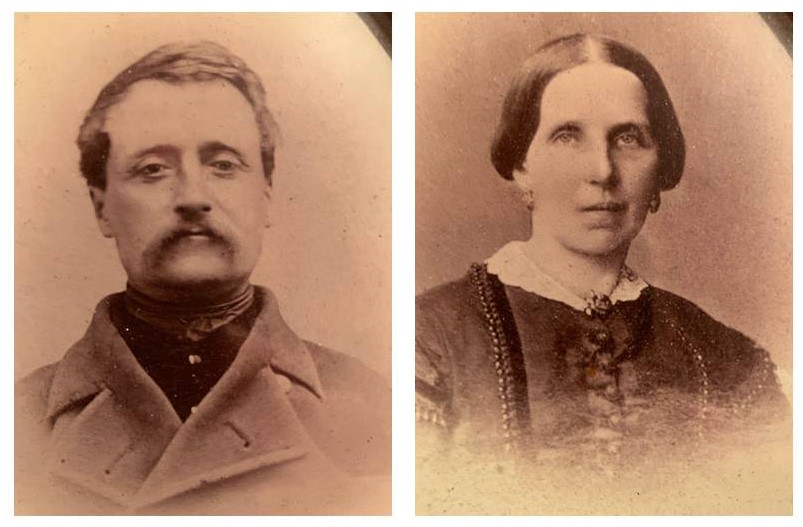
When Eduard later retired, he moved into an apartment in Preußisch Friedland and transferred Elisenhof to his son, Otto.
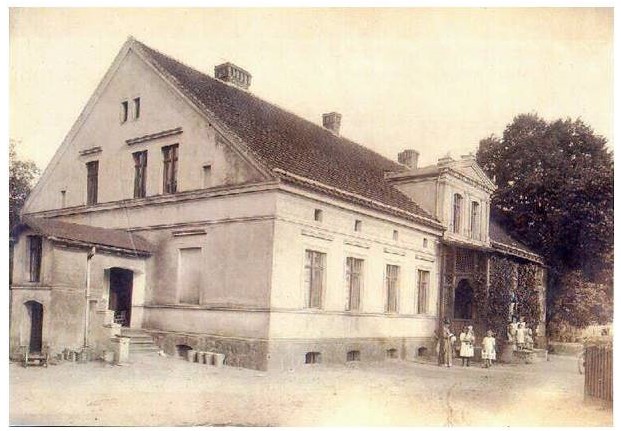
Eduard Voss´s granddaughter, Helene Brabänder, born in 1876 (later “Brabander” after immigration to Canada) later remembers her grandparents and the Elisenhof as a “paradise of our childhood” and writes:
Under his guidance [Eduard Voss], Elisenhof had grown from a small farm, with a small, comfortable home, into a beautiful, profitable 1200-acre estate.
The Niedersee in Gneven, with its wild ducks and coot and the herons circling above it, is the epitome of the wild and untouched beauty of my West Prussian homeland. After the town of Preußisch Friedland, Elisenhof was situated in flat fields, criss-crossed by moraine ramparts covered with blackberry and wild roses, so that the “Krause Len”, a huge single lime tree, was a landmark visible from far away.
When we children, coming from the Linden Station, drove to the estate in the old-fashioned carriage, admonished to rest by “Korel” (Karl) the coachman, our joyful excitement increased dangerously when we saw from afar the lined birch grove into which the garden of Elisenhof flowed. A semicircle of proud poplars surrounded the barns and stables like a watchful guard. The manor house, with its lime-lined gable and the paling fence of the vegetable garden, closed off the wide arch of the farm with a straight line. Now we turned into the Ebereschenallee around the last bend in the road. The crooked mossy trunks carried their feathered branches with the red umbels like a festive tree ornament. The day-laborers’ houses on the left came alive with staring children, barking dogs and greeting people, then the wagon stopped in front of the stone porch of the manor house, and with wide hearts full of expectation we plunged into the arms of our good, so much loved grandmother. Now the festive time began.Helene Brabander, in “Family History Voss – Brabander”, 1940
In 1904 Otto Voss sold Elisenhof to Gottlieb Boettcher, who had come into some wealth.
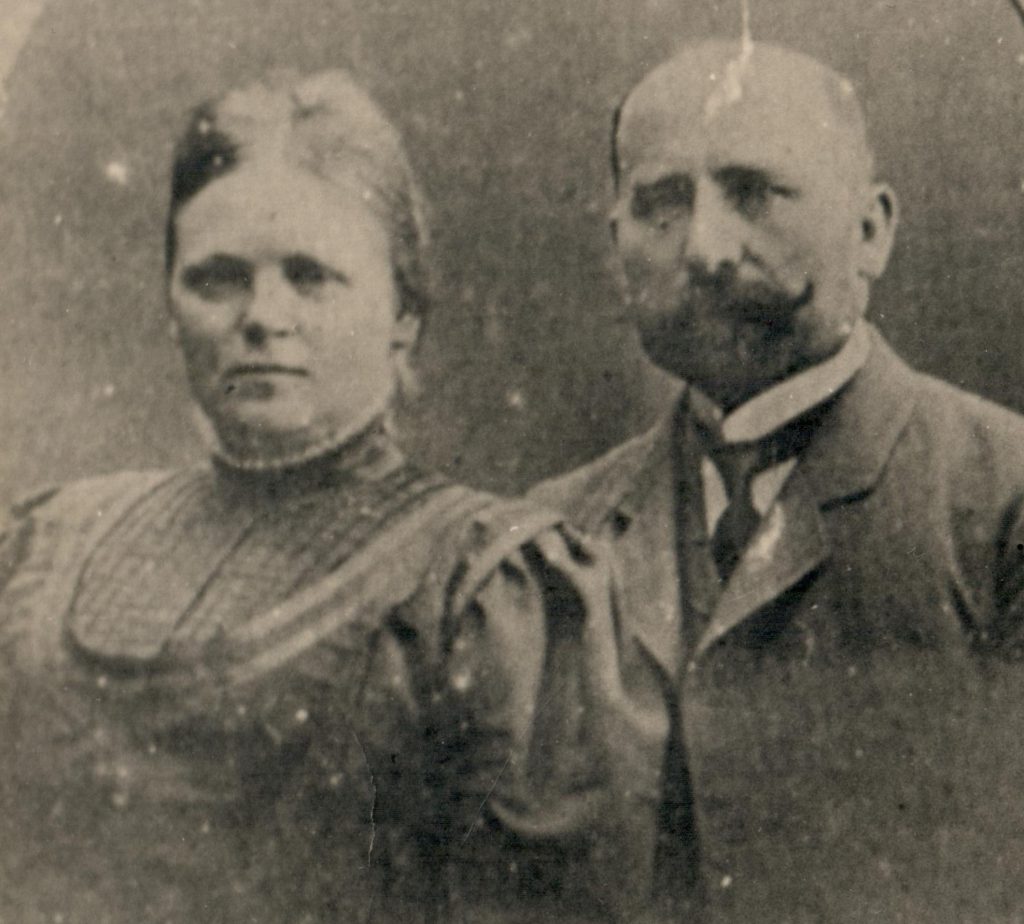
Gottlieb was exceptionally proficient. From the inheritance of his parents’ farm, he bought himself a small farm. He was soon able to sell it and, with his savings, buy a larger one with a brickyard. Good business years followed once more. At the beginning of the twentieth century he had again been able to save well. He bought the Elisenhof from Otto Voss.
– Rudi Witzke, son-in-law of Lydia Horn, née Boettcher
Boettcher rebuilt the manor house according to his own ideas. At the back of the house, the view from the newly designed terrace opened up into the manor park. Boettcher attached great importance to quality and design in his choice of materials. For example, he had Villeroy & Boch floor tiles, which were fashionable at the time, laid on the terrace.
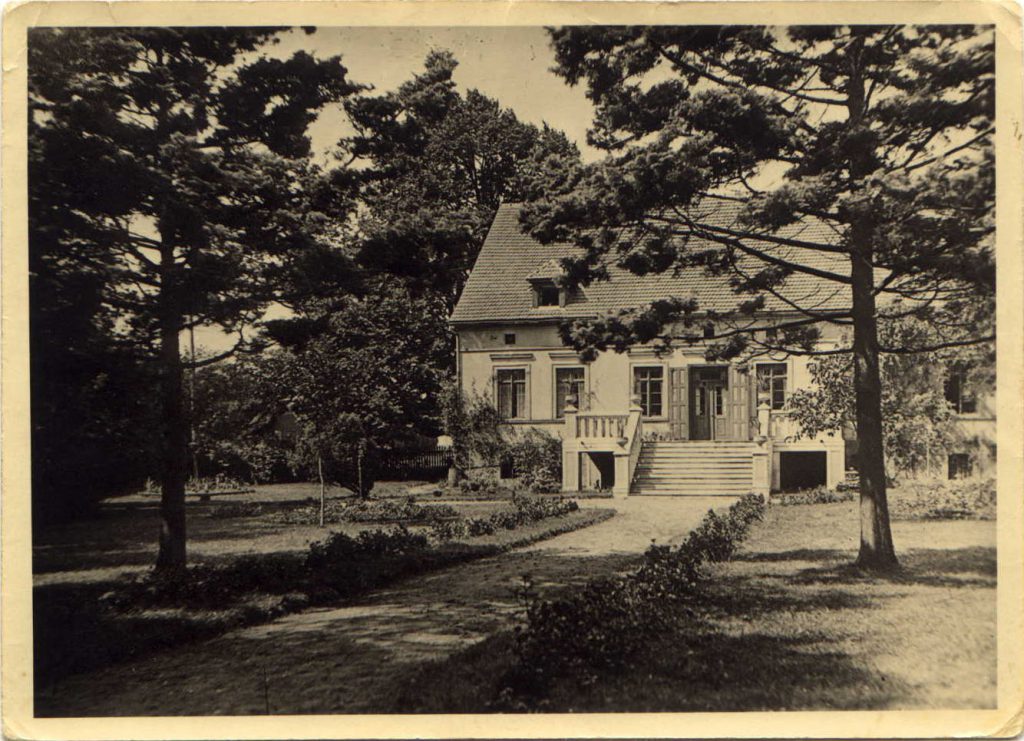
The floor tiles from estate Elisenhof were manufactured in our Villeroy & Boch mosaic factory in Mettlach. According to the catalogue at that time, they had the article number 318.c “Gothic background pattern graphitized”. Production of these tiles began in 1907.AGNES MÜLLER / ABTEILUNG KERAMIKMUSEUM & ARCHIV,
VILLEROY & BOCH AG
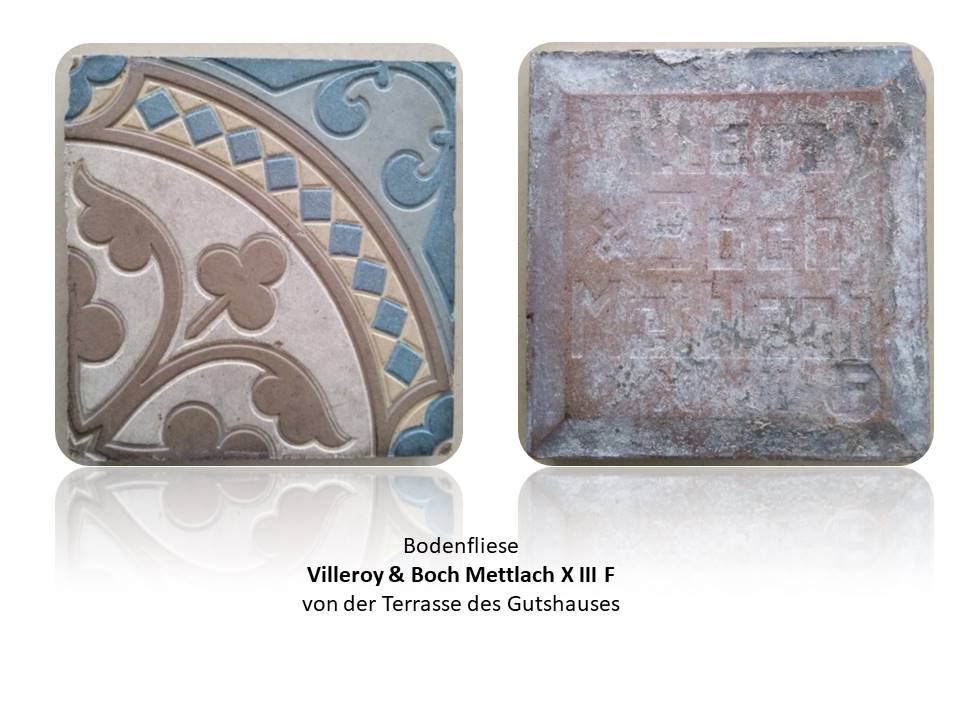
Boettcher himself was killed in 1917, when the horses pulling his carriage ran away during a thunderstorm. First his wife took over the management of the estate and later their son, Theophil, and his wife, Gerta.
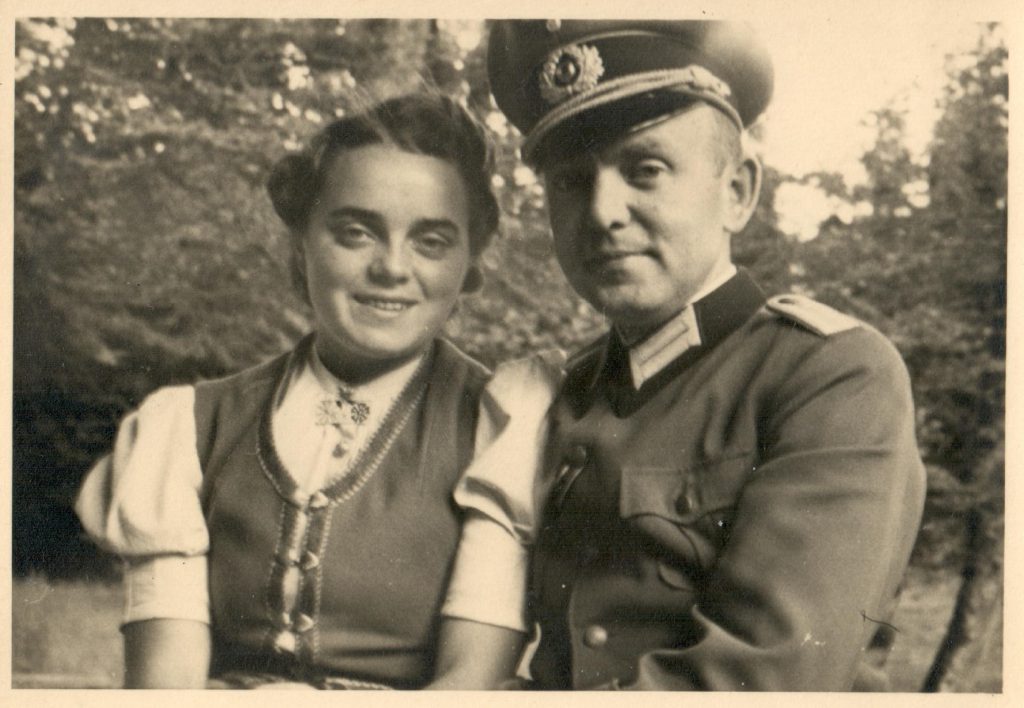
The work in the fields and in the stables was carried out jointly by twelve families of agricultural workers. They lived on the estate in workers´ houses built especially for them – the “Lange Reihe”.
Elisenhof after 1945
On January 29, 1945, Preußisch Friedland was taken by the Red Army. German troops drove them out of the town for a short time before it and so Elisenhof finally fell into Russian hands.
The Schwanz family had decided to stay at home, although they had a nineteen-year-old daughter, Gertrud, called Trude. As we learned later, the family had to pay heavily for this decision. Waldemar Lück in “flight from Elisenhof to Essenrode
While the workers’ houses were spared by the Russian soldiers, the manor house was destroyed almost down to its foundations.
Until the 1970s, Elisenhof had a rather miserable existence as an agricultural enterprise. Finally, agriculture was abandoned. Today, Polish families live both in the house built on the foundations of the former manor house and in the former workers’ houses. Elisenhof is now called Gniewno and belongs to Poland.
